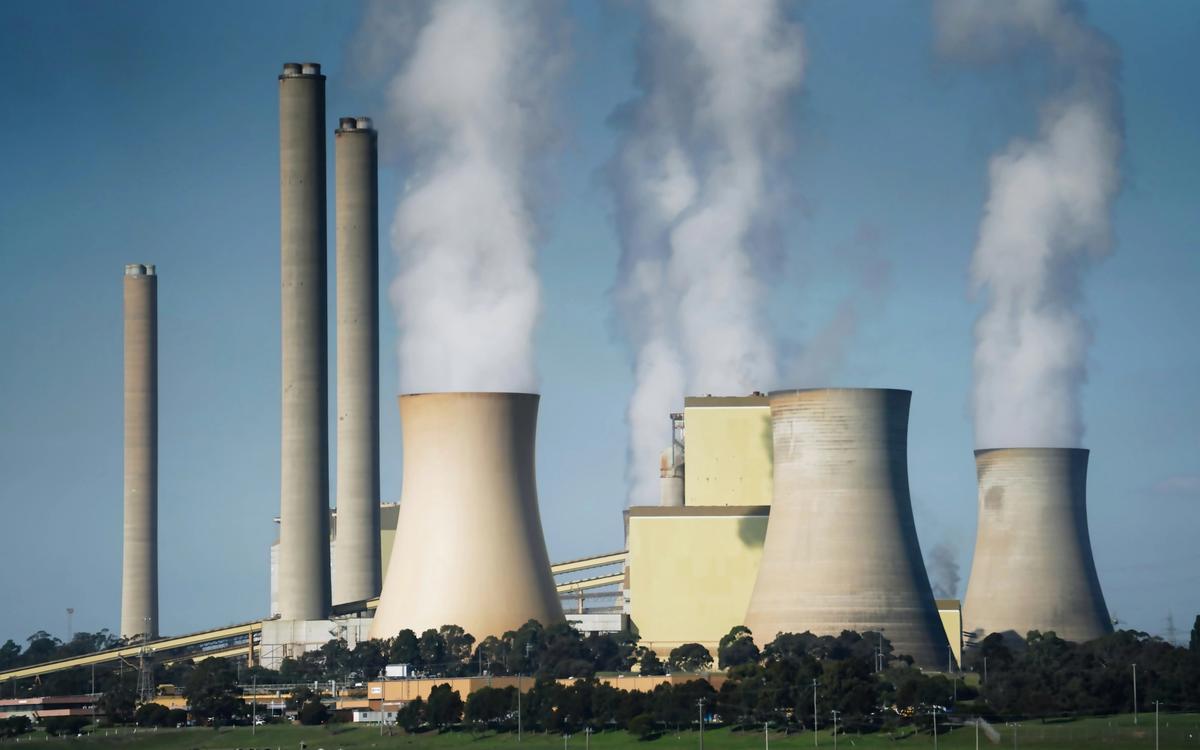
Understanding Greenhouse Gas Emissions in Boston Across Departments
As cities across the world focus on mitigating climate change, Boston has emerged as a leader in tracking and reducing its greenhouse gas (GHG) emissions. Our data analytics team recently embarked on a project to analyze the city's GHG emissions across various local government departments, aiming to uncover trends, identify key contributors, and suggest strategies for emission reductions.
Why Boston?
Boston’s leadership in climate action and its socio-economic characteristics make it an ideal case study. With a population of over 650,000 and a growing economy, Boston is the seventh-largest city on the East Coast. Despite economic growth, Boston has maintained an aggressive emissions reduction strategy, making it an excellent candidate for studying the impact of local government operations on emissions.

Research Question
Our project sought to answer a key question: How do variations in local government department operations – including fuel types and sector-specific activities – contribute to the overall GHG emissions trend over time, and what opportunities exist for targeted emissions reduction strategies?
Key Findings: Trends in GHG Emissions
Our analysis of Boston’s GHG emissions between 2005 and 2021 revealed several critical insights:
- Greatest Contributors: Boston Public Schools and the Public Works department emerged as the largest emitters of GHGs.
- Stagnant Emissions: Departments with emissions under 20,000 t CO2e, such as Neighborhood Development, exhibited little variation in their emissions over time.
- Decreasing Trends: The largest emitters showed progressive decreases in emissions, with a notable reduction after 2019, largely due to changes in electricity usage and transportation during the COVID-19 pandemic.
When excluding the major contributors, smaller departments exhibited a largely consistent emission trend, highlighting the need for a more tailored approach to each department's emission reduction strategies.
Sector-Specific Fuel and Emissions Analysis
We expanded the analysis to include sector-specific data, particularly focusing on fuel types. One exciting finding was the emergence of biodiesel as a fuel source in 2018, which demonstrated significantly lower emissions. This presents a promising opportunity for large-scale biodiesel adoption across city departments.



Here are just a few examples of the emergence of biodiesel being used as a new source by different sectors.
Targeted Emission Reduction Strategies
Among the departments analyzed, the Boston Police Department (BPD) stood out for its potential in optimizing GHG emissions. Our findings revealed a paradox: while crime rates declined between 2016 and 2018, GHG emissions from BPD’s vehicle fleet actually increased.

This suggested that routine patrolling during low-crime periods might be contributing to unnecessary vehicle use and emissions.
Strategies to reduce these emissions could include:
- Reducing patrol hours during low-crime periods.
- Optimizing patrol routes to minimize vehicle usage.
- Transitioning to electric vehicles or other fuel-efficient alternatives to further decrease the department’s carbon footprint.
Boston’s Climate Goals and Progress
Boston has set ambitious climate goals, aiming for a 50% reduction in GHG emissions by 2030. By 2020, the city had already achieved a 25% reduction from 2005 levels, positioning itself as a leading example for other cities. However, a Northeastern study warns that the city may not be on track to meet its 50% reduction goal by 2030 or become carbon-neutral by 2050, underscoring the need for continued data-driven analysis and policy adjustments.
The Road Ahead: Leveraging Data for Change
Our analysis of Boston's GHG emissions highlights the significant role that local government operations play in contributing to – and mitigating – emissions. While departments like Boston Public Schools and Public Works have made strides in reducing emissions, others, such as the Boston Police Department, present untapped opportunities for improvement.
Moving forward, leveraging data analytics will be essential for crafting targeted strategies that drive further emissions reductions without compromising the quality of services. By integrating data across departments, sectors, and fuel sources, Boston can continue to lead by example in the fight against climate change.
